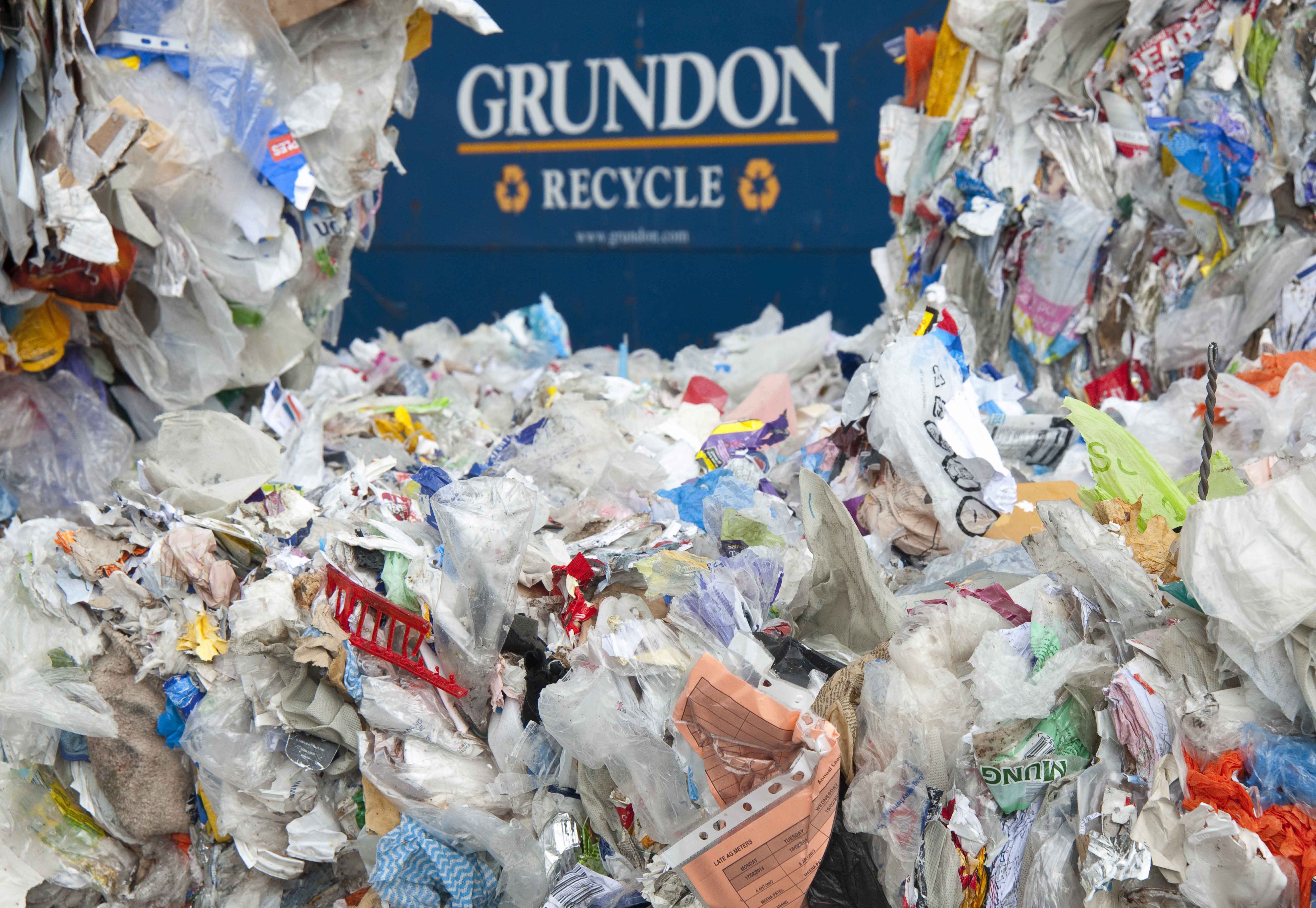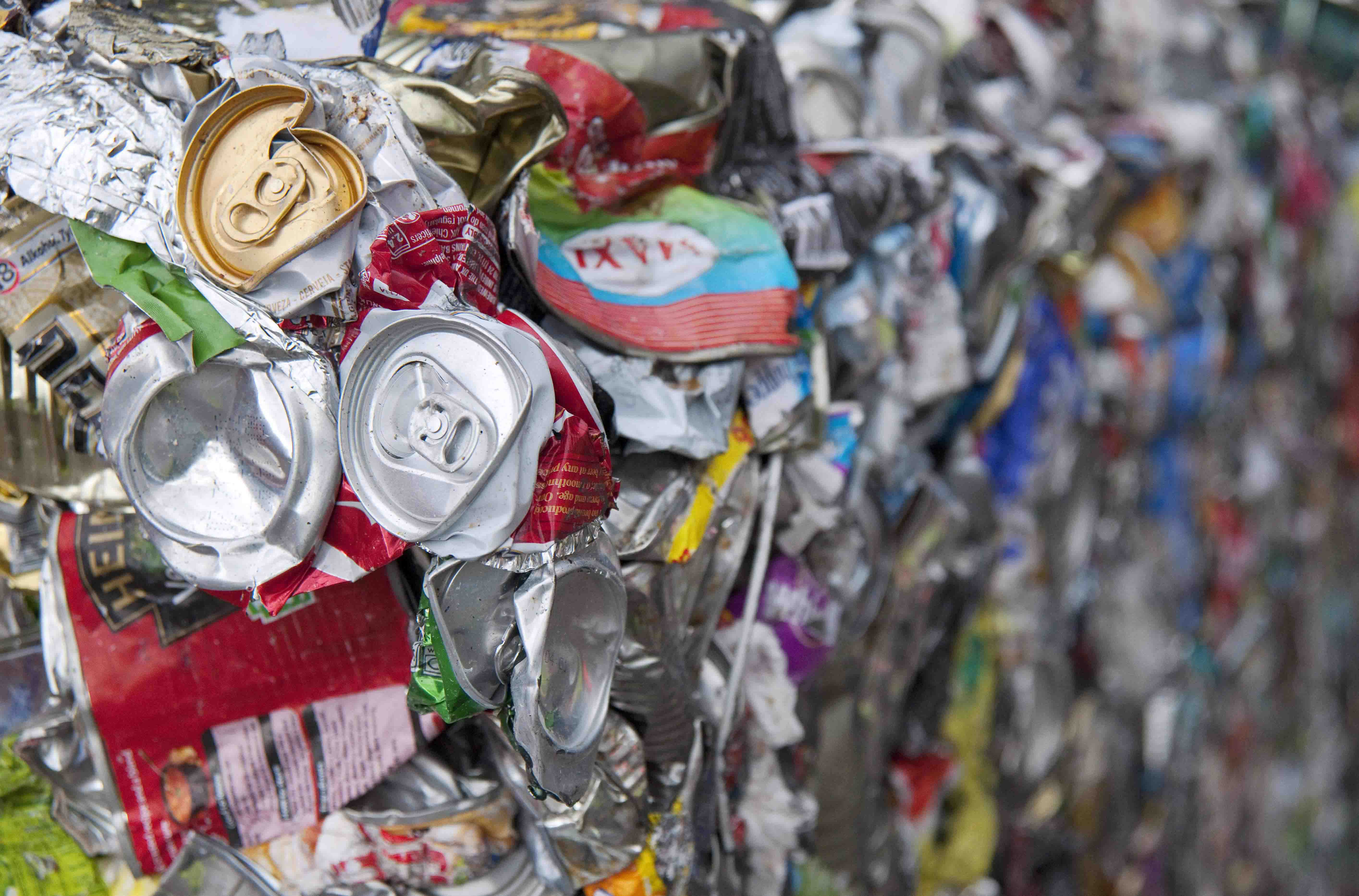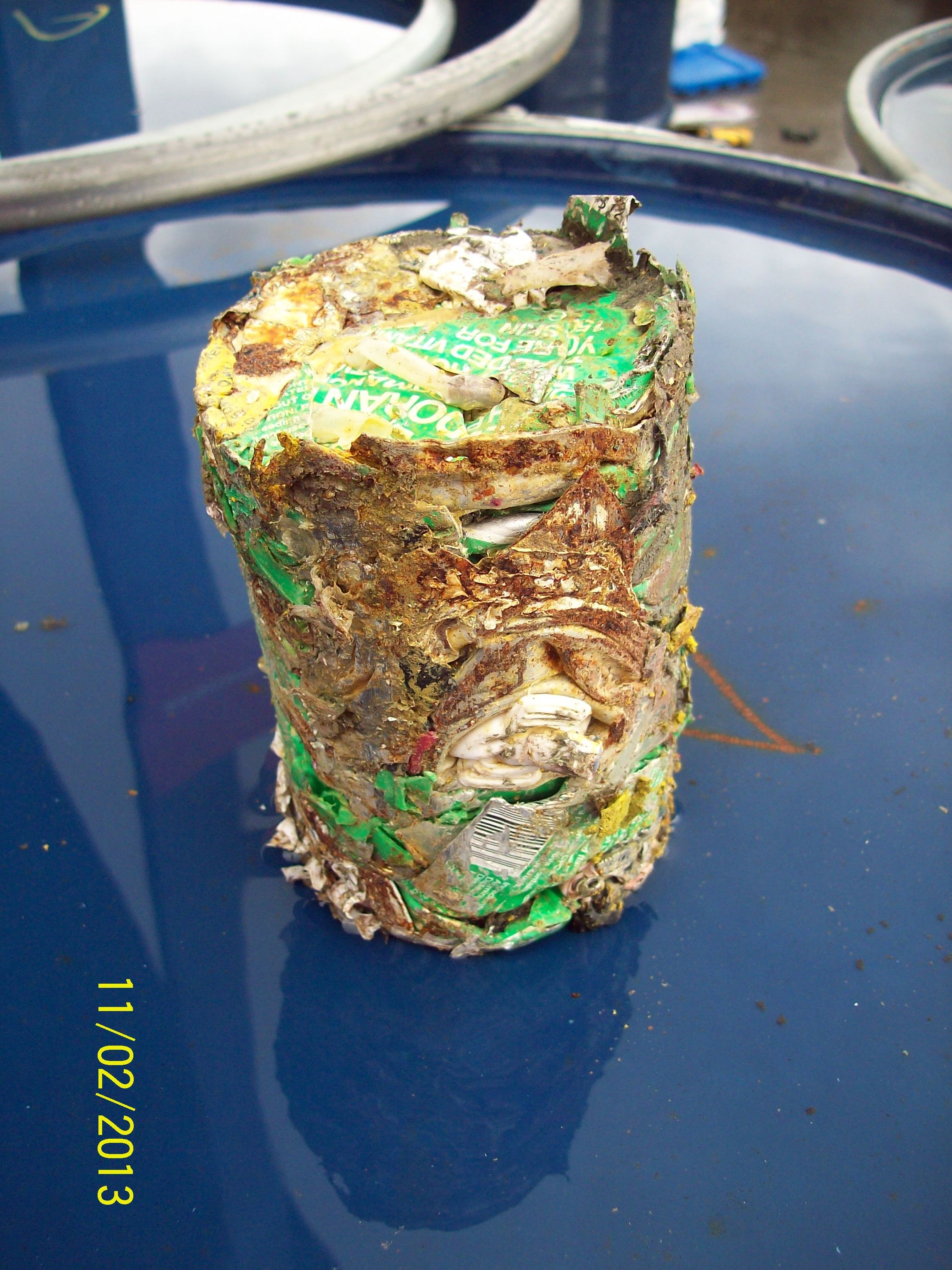In the next of our series of posts linked to The Rubbish Collection, Sarah Harvey, Project Curator, talks to Neil Grundon, Deputy Chairman of Grundon Waste Management.
Grundon is the Science Museum’s main waste contractor, handling all our general and recyclable waste – approximately 30 tonnes per month in total! The Museum’s waste either goes to their Colnbrook Materials Recovery Facility and transfer station, or if non-recyclable, to the Lakeside Energy from Waste plant. Lakeside produces around 37 Megawatts of electricity each year – enough to power 50,000 homes.
I spoke to Neil Grundon, the company’s Deputy Chairman, about the future of recycling and waste management, and what we can all do to help.
Sarah: What does Grundon do?
Neil: Grundon is one of the UK’s leading suppliers of waste management and environmental services. We partner with our customers to help them reduce the financial and environmental impacts of their waste.

Sarah: What are the strangest or most difficult things to deal with that people throw away?
Neil: The strangest thing I’ve seen is a stuffed European Bear holding a lampstand. We’ve also taken a variety of wooden spacecraft used on film sets.
With regards to the most difficult things to deal with, my personal dislikes are garden hoses, inflatable rubber dinghies and beach balls. They always come in as one-offs and are impossible to segregate and recycle. I am sure that somebody will correct me on this, but by the time they reach us the only thing that we can do is to incinerate them for energy. Oh, I would also add those fluorescent glow necklaces that people wear at festivals – I dislike those too.
Sarah: What do you see as being the main challenges that the industry faces?
Neil: The main challenge for the industry is one of perception. Believe it or not, it is the leaders of waste management companies who lay awake at night wondering how to recycle composite plastics, not the manufacturers, the pressure groups or the public.

Sarah: What can consumers and organisations do better?
Neil: All consumers and organisations can do better – companies like Grundon only take away waste and treat it. We trust you to do the right things – and put it in the right bin!
My top 3 things that people could do differently would be:
1. Where possible to separate food waste. It contaminates recyclables and it is heavy and too expensive to dispose of in landfill.
2. Choose what you buy wisely, as ‘recycled’ does not always mean recyclable.
3. Simply – use recycling bins.
Sarah: How can we encourage the public to recycle more?
Neil: The public need incentives to recycle. People see no benefit from separating their waste and are often conflicted when they hear various scare stories in the media.
Grundon have invested in a company called Greenredeem to correct this disconnect between us and the consumer. Greenredeem combines ‘reverse vending’ kiosk technology with a web-based membership and reward scheme. It aims to encourage people to recycle at home and ‘on the go’ and to help cut the vast number of cans and bottles which end up in landfill from litter bins or simply thrown away on the street.
Sarah: What do you think the industry will be like in 50 years’ time? What are the new innovations and technologies that you are exploring at the moment?
Neil: If the industry changes as much in the next 50 years as it has in the last 20 years it will be unrecognisable. At present we have two initiatives that we are very excited about. The first uses carbon dioxide to fix heavy metals within incinerator fly ash (a by-product of the Energy from Waste process) to create a carbon negative aggregate, which is used to create building blocks.

The second is a large facility that has been designed to extract the propellant gases and liquid content from aerosols and capture it for reuse. The added bonus is that we can then also recycle the aluminium and steel cans.

I am very excited about 3D printing, as I think it will revolutionise the supply chain and hopefully eliminate much of our packaging. However, there is a question mark over what we do with redundant printed material. One of the greatest challenges for the industry will be what to do with the recycled products of today when they become the waste products of tomorrow.
Many of these materials will happily go round time and time again, however that garden hose… …well who knows!
Sarah: What did you think when you first heard about Joshua Sofaer’s ‘The Rubbish Collection’ project?
Neil: What did I think? Well, it’s great that Joshua and the exhibition is raising awareness of the value of waste. Thank you Joshua, we need all the help we can get!
Visitors can take part in Phase 1 of The Rubbish Collection until 15 July 2014. Phase 2 is open from 25 July to 14 September 2014.